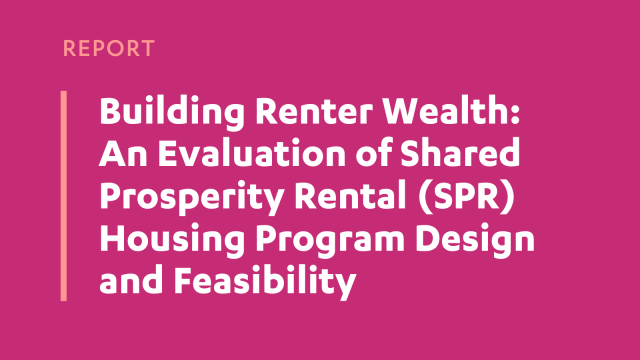The Transit Effect: A Decade of Change at LA Metro Rail Stations
In 2016, Los Angeles County initiated a 15-year plan to revolutionize its transportation infrastructure, investing billions to reshape regional mobility. This vision aims to diminish reliance on private cars in favor of alternatives like public transit, walking, and cycling. In doing so, the initiative intends to create a more sustainable, livable urban environment. Making this vision a reality entails more than expanding transit – it demands significant shifts in land use policy to encourage dense, transit-oriented development (TOD) near stations. However, bureaucratic obstacles persist, hindering efforts to create transit-friendly communities.
Despite transit expansion, per capita ridership has declined. To encourage greater use of public transit, Los Angeles's sprawling, car-centric landscape necessitates high-density development around transit hubs. While promising for affordability and emissions reduction, densification raises legitimate concerns around displacement and gentrification. The impact of transit-oriented development on neighborhoods continues to be a subject of debate, with mixed findings on affordability and stability effects. Navigating these challenges requires balanced approaches that prioritize community engagement, equitable development, and displacement mitigation. Comprehensive solutions must accommodate diverse local needs, ensuring that growth promotes economic development in neighborhoods without displacing existing residents.



